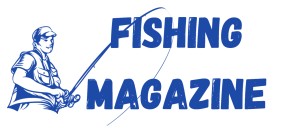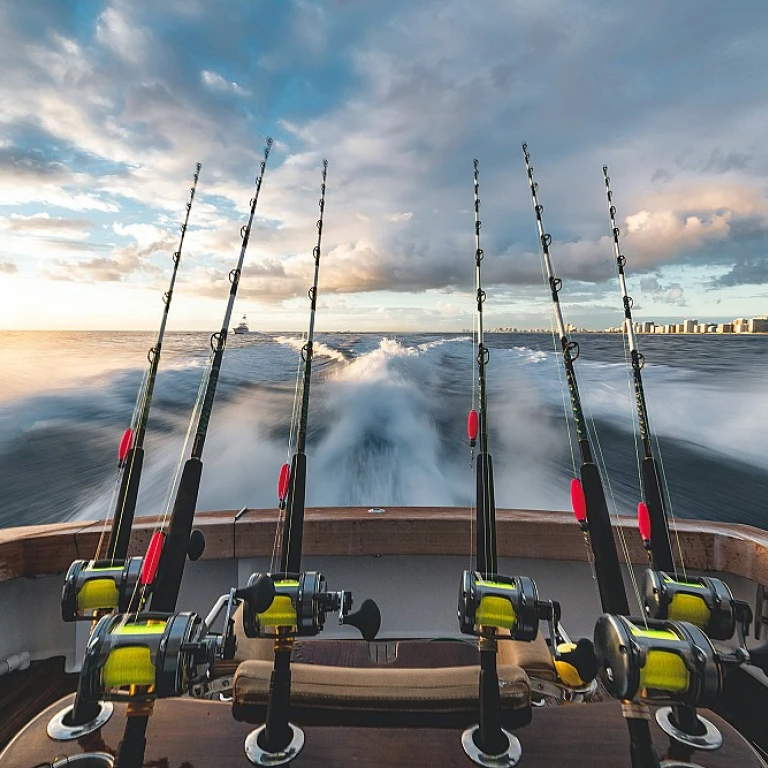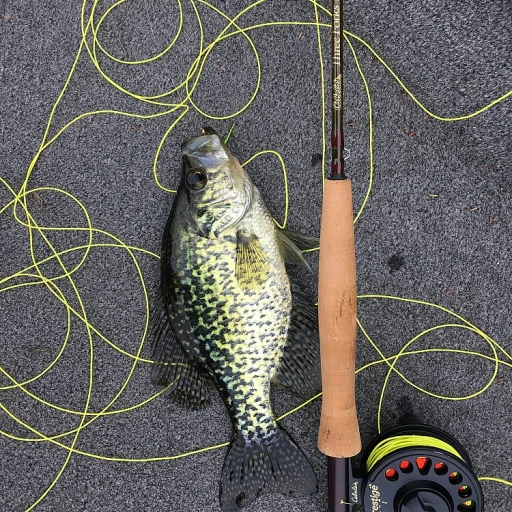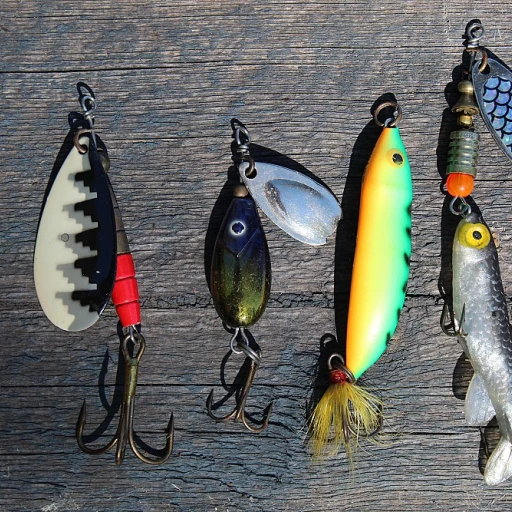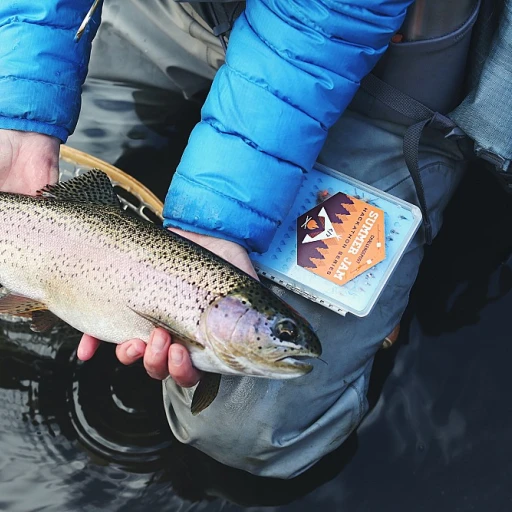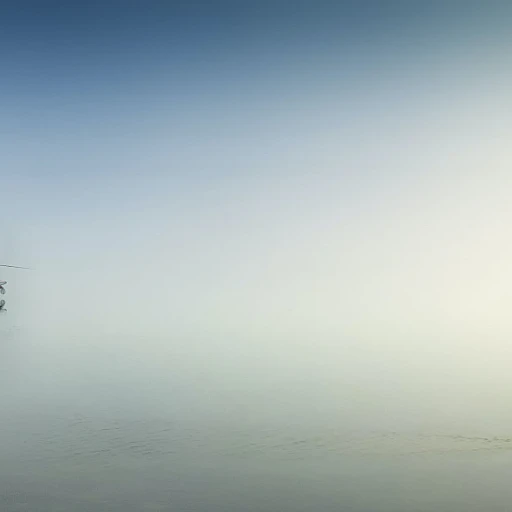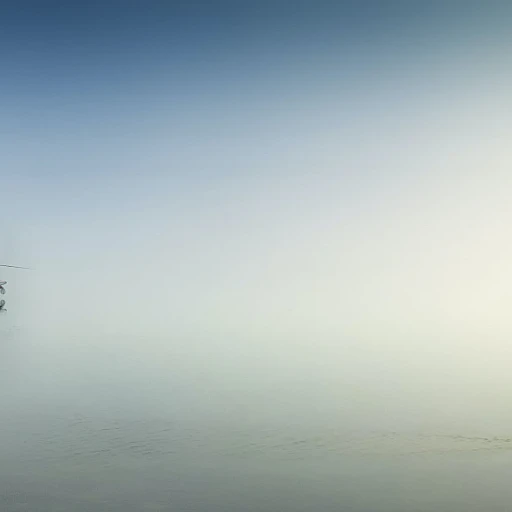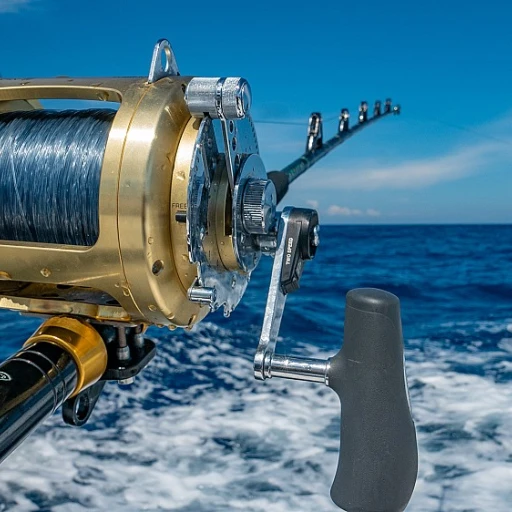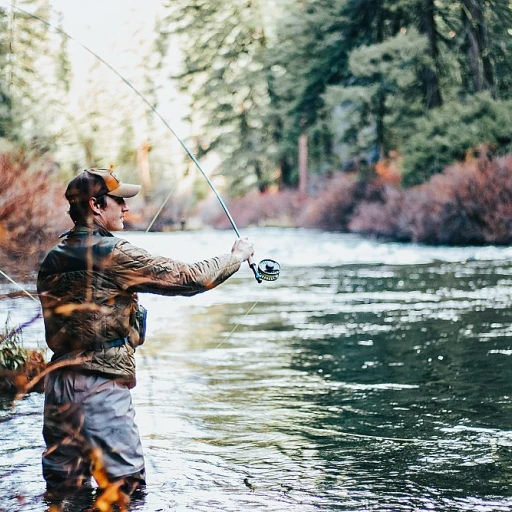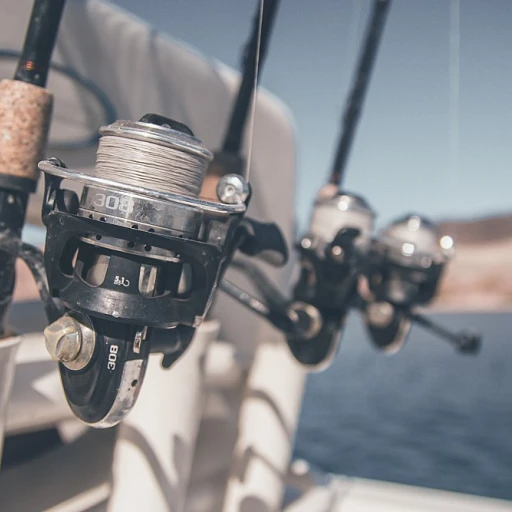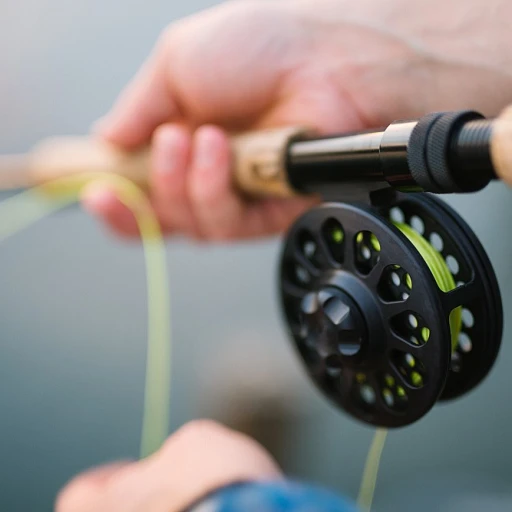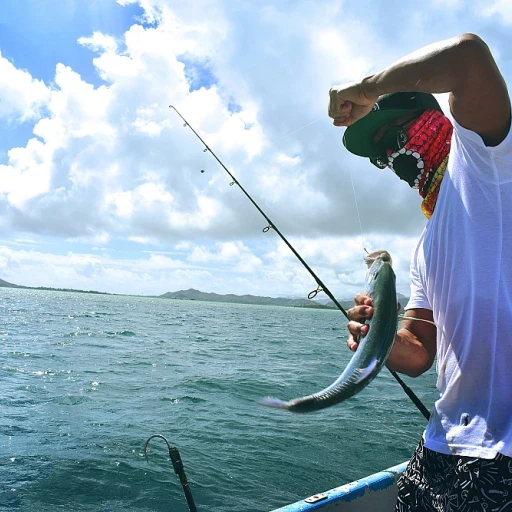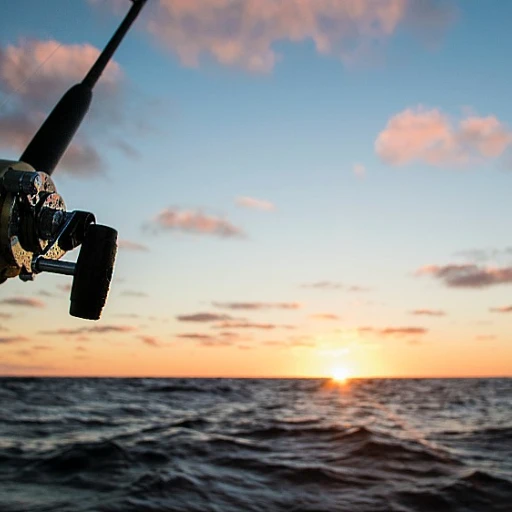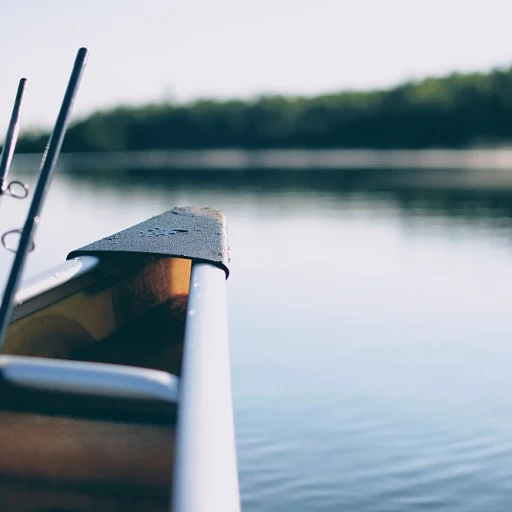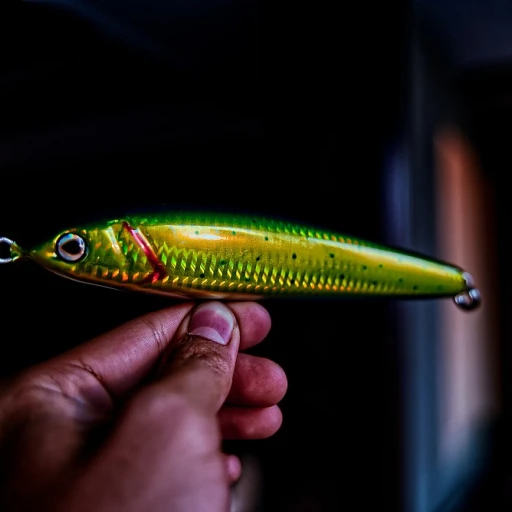
Understanding Fly Fishing Indicators
The Role of Indicators in Fly Fishing
Fly fishing is an art that requires skill and precision, and the use of indicators can significantly enhance your angling experience. An indicator plays a vital role by acting as a visual cue, alerting you to strikes that may otherwise go unnoticed. This is particularly helpful when nymphing, where detecting subtle movements in the water is key to success.
Indicators come in various forms, including yarn, foam, and bubble types. They are attached to the leader and serve as a proxy for your fly’s position beneath the water’s surface. For those who prefer fishing in clear waters for elusive trout, a strike indicator can make the difference between a day without bites and a fulfilling catch.
When choosing indicators, you’ll encounter terms like orbs or yarn indicators. The choice often comes down to conditions like water clarity and the type of fish you are targeting. For instance, a yarn indicator made from wool yarn might be suitable for calm waters, but in fast-moving streams, an orbs strike indicator may prove more reliable.
Incorporating indicators strategically can transform your fly fishing strategy, offering a blend of tradition and innovation that elevates your fishing prowess. This is where understanding the dynamics of indicator fishing becomes essential, helping you choose the right tool, much like selecting the perfect gear for a memorable fishing adventure.
Choosing the Right Indicator for Your Needs
Selecting the Perfect Strike Indicator
Choosing the right fly fishing indicator is paramount for enhancing your fishing experience. With a variety of indicators available, it’s essential to understand which type suits your specific needs on the water. There are several types of strike indicators, each offering unique benefits and properties. Here’s a quick overview to help you make a well-informed decision:- Yarn Indicators: Lightweight and highly visible, yarn indicators work well for gentle waters and small streams. They’re made from wool yarn, which absorbs water, offering excellent buoyancy. Keep in mind, though, constant water absorption might require re-treating it with floating agents.
- Foam Indicators: Available at a regular price, foam indicators float exceptionally well, maintaining buoyancy throughout the day. They are suitable for larger waters where visibility and stability are key.
- Oros Indicators: Known for their durable design, Oros strike indicators are highly visible and can attach to the leader without causing damage. They also offer an adjustable buoyancy feature, allowing anglers to tailor their setup as needed.
- Strike Indicators with Split Shot: Perfect for nymphing, this setup allows fishermen to delicately control the depth of their flies in the water.
- Dry Fly Options: Using a dry fly as an indicator fly for a dry dropper rig can efficiently serve dual purposes, acting as both an attractor and a strike indicator for nymphs.
Techniques for Using Indicators Effectively
Mastering the Technique of Fishing with Indicators
Understanding how to effectively use your fly fishing indicators can make a significant difference in your success on the water. When setting up, ensure the distance between the indicator and your fly or nymph reflects the depth of the water and the behavior of the fish you're targeting. This is crucial for both dry and nymphing setups, as you'll need to adjust accordingly to different conditions. A common method involves the "dry dropper" technique, where a dry fly acts as a visual strike indicator for a submerged nymph. This strategy allows you to fish multiple flies in one cast, increasing your chances of attracting trout. Regularly adjusting your indicator's positioning based on changing water depths will also enhance its effectiveness. Consider the type of strike indicator used; whether it's a yarn indicator, wool yarn, or the modern Oros indicators, each offers unique benefits. Yarn types may provide better visibility and sensitivity, helping you react faster to subtle strikes. Meanwhile, indicators like the Oros strike attach directly to the leader without kinking, maintaining the integrity of your line. In casting, focus on delivering the leader with a gentle presentation, avoiding too much splash that could spook your fish. Practice the "set hook" movement, which involves quickly lifting the rod tip to secure a strike. This element of indicator fishing requires honing your reflexes to efficiently respond to subtle "messages" from beneath the water's surface. Explore more techniques often used in different angling setups, enhancing your overall skills in the field. Remember, executing these techniques well is not just about catching fish but also about appreciating the artistry involved. Balancing these techniques with environmental considerations will refine your skill, ensuring a respectful and rewarding experience on any body of water.Common Mistakes and How to Avoid Them
Steering Clear of Frequent Blunders
Even the most seasoned fly anglers sometimes fall prey to common pitfalls when employing indicators. Here’s a breakdown of the missteps and how to dodge them on your next fishing trip.
- Incorrect Sizing: One of the frequent mistakes is using the wrong size strike indicator for the flies you’re casting. Larger indicators can support heavier flies or nymph rigs, while smaller ones are ideal for delicate dry fly presentations. Understand the balance required between your indicator and fly to ensure optimal performance.
- Improper Attachment: Securing your indicator onto the leader incorrectly could lead to slipping or tangling. It’s crucial to ensure that the indicator is firmly attached and adjusted to the appropriate distance from the fly. Whether it's a mono rig or any other setup, a well-positioned indicator can mean the difference between a successful catch and a miss.
- Not Adapting to Conditions: Water conditions can vary significantly. Adjusting your indicator technique to account for water clarity, flow, and depth will enhance your chances of a strike. In fast-moving streams, oros strike indicators might be more effective, while still waters might require a more subtle approach like a wool yarn indicator.
- Ignoring Strike Messages: Every little twitch or dip of your indicator sends a message about the activity below the water surface. Sometimes anglers overlook these subtle signs, missing the opportunity to set the hook. Stay vigilant and ready to react as soon as your strike indicators signal a fish on the line.
- Wrong Indicator for the Fish Type: Different fish species, such as trout, respond differently to indicators. Familiarize yourself with the preferred techniques and indicator types for the fish you’re targeting to make the most of your fishing endeavor.
By avoiding these common mishaps, you’ll enhance your fly fishing strategies and stand a better chance at a successful haul, whether you’re indulging in indicator fishing or experimenting with a dry dropper setup.
